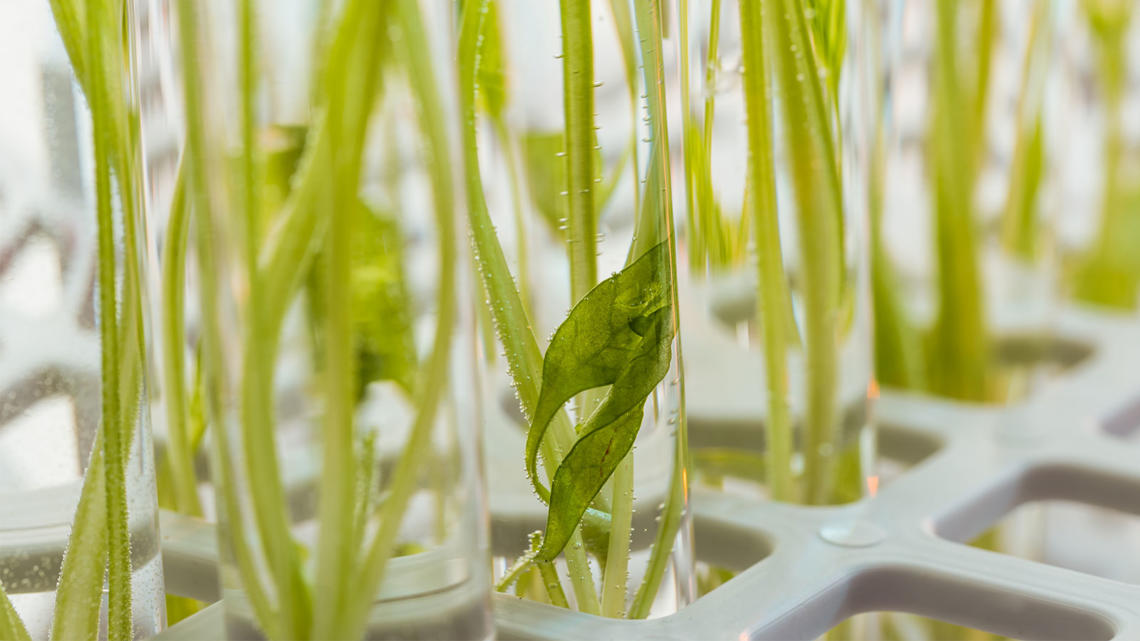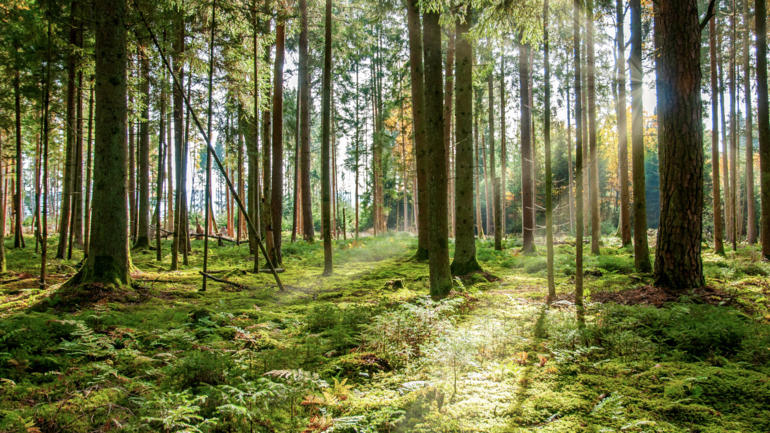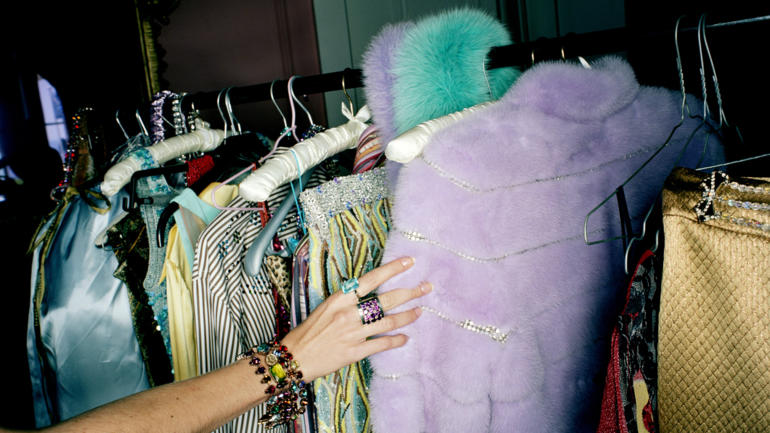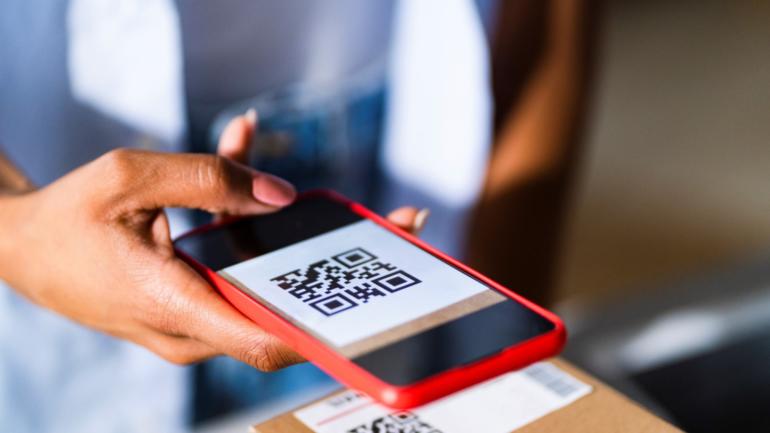- WBCSD launches today the CEO Guide to the Circular Bioeconomy.
- The Guide gives business leaders a clear understanding of the circular bioeconomy and associated business opportunities.
- The Guide was endorsed by 15 CEOs from companies active in this area.
Geneva, 7 November 2019: The World Business Council for Sustainable Development (WBCSD) launched today the CEO Guide the Circular Bioeconomy, a call for the shift towards a sustainable, low-carbon, circular bioeconomy. The Guide gives business leaders a clear understanding of the topic and the business opportunities it offers to their company.
The Guide is intended for CEOs and high-level executives to understand the circular bioeconomy and the USD $7.7 trillion opportunity it presents for business by 2030. It is a nature-based solution that addresses five of our greatest environmental priorities: climate change, resource scarcity, biodiversity loss, land-use change and also food loss and waste.
While the global population has doubled over the last 50 years, resource extraction has tripled. 90% of biodiversity loss and water stress are caused by natural resource extraction and processing. Unless we become more effective in how we harvest, process, use and reuse biological resources, we will be confronted with the catastrophic consequences of climate change, biodiversity loss and resource scarcity.
The bioeconomy is the consumption of biological resources for the production of food and feed, products and energy. Increasingly recognized as a way to deliver society’s needs while responding to environmental challenges, the bioeconomy is a nature-based solution that enables more than 9 billion people to live well within the limits of the planet.
As decarbonization accelerates, the bioeconomy will become a much larger part of the global economy. To ensure we respond to the urgent calls to action for both climate and nature, it is essential that our future bioeconomy is circular, low-carbon and sustainable.
In a circular bioeconomy, biological resources are renewable, sustainably managed, recovered and reused as much as possible. Allocation of bio-based resources should be prioritized based on greatest societal needs, environmental benefits and value created.
Maria Mendiluce, Managing Director, Climate & Energy, Cities & Mobility and Circular Economy at WBCSD said “We’re delighted to present this CEO Guide that highlights the benefit of a circular bioeconomy and its untapped business opportunities. Business leadership is crucial to move from ambition to action in the transition to a sustainable world. The circular bioeconomy addresses some of the most urgent environmental challenges we face, resources scarcity, food and material waste and climate change. We call for more companies to integrate circularity when using biological resources.”
“As resources become scarcer and demand from growing economies increases, a circular economy becomes essential. Innovation, in products, process and partnerships is core to sustainable economic growth and a major portion of our client work. The circular bioeconomy will be a key contributor to a more sustainable, circular global economy.” said Rich Lesser CEO, BCG
The Guide was developed by WBCSD’s Circular Economy program in collaboration with the Boston Consulting Group (BCG), and with the contribution of members of WBCSD’s Forest Solutions Group and the Food & Nature program. The Guide is signed by the CEOs of 16 companies that are active in the circular bioeconomy.
This publication will be followed up by a more in-depth report on the Circular Bioeconomy also developed in cooperation with BCG.








